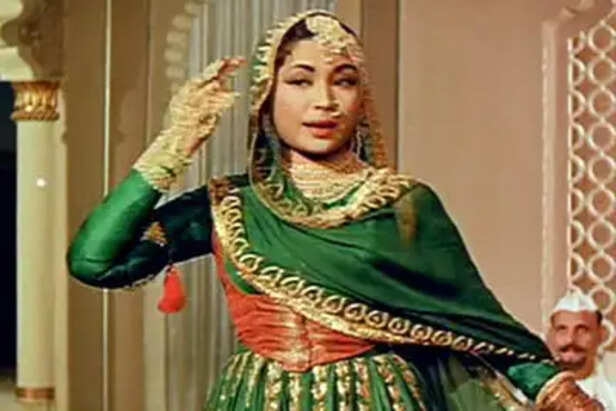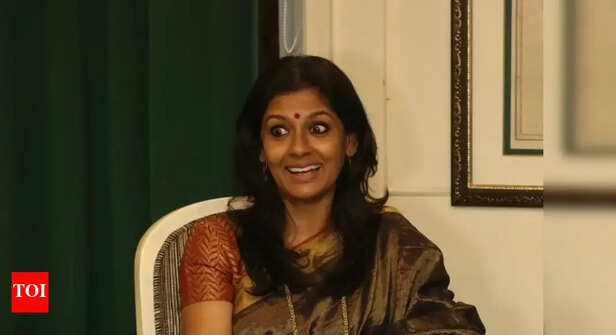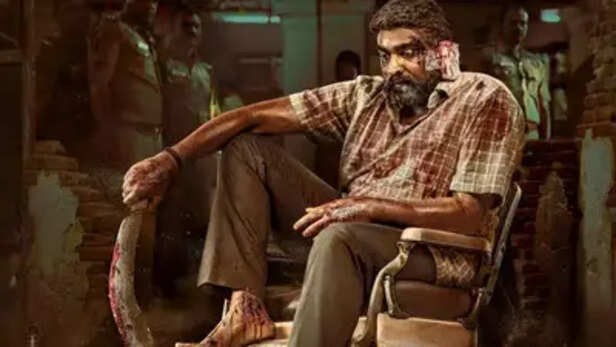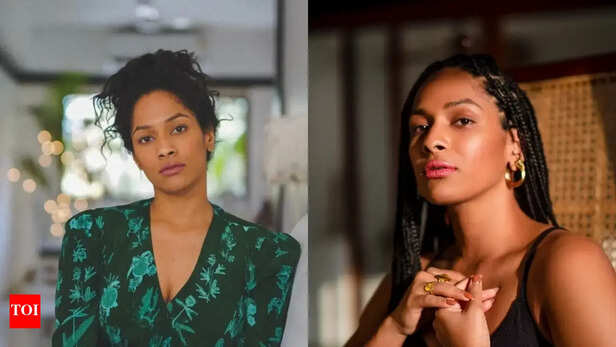Beyond Fair and Lovely: How Indian Cinema's Idea of Beauty Is Changing
There was a time when Indian films had just one idea of what beauty looked like: fair skin, slim figure, big eyes, and straight hair. From the classic charm of Madhubala to the elegance of Aishwarya Rai, this image ruled the screen for decades.

Madhubala
But times are changing, and so is the idea of beauty in Indian cinema. Slowly but surely, the industry is beginning to reflect a broader, more inclusive picture of what it means to be beautiful.
This change isn't just about appearances—it's tied to something much deeper. It mirrors the growing confidence of different communities, the challenge to old biases, and a shift toward valuing realness over picture-perfect ideals. Today, it's less about asking, “Is she beautiful?” and more about wondering, “Is she authentic?”
The Genesis: Ancient Roots and Early Cinema
India’s idea of beauty has always been layered and deeply rooted in its culture. Ancient texts like the
Natya Shastra and the intricate sculptures found in Khajuraho and the Ajanta-Ellora caves reflect this richness. They portray full-bodied forms, bold features, and a range of skin tones—symbols not just of physical beauty, but of fertility, power, and spiritual meaning.

Meena Kumari
However, things started to shift during colonial times. As Western ideals gained ground, fair skin began to be seen as more desirable. In the early days of Bollywood, leading ladies like Meena Kumari, Nargis, and Nutan were undoubtedly talented and beautiful, but they also largely fit the fair-skinned standard. It wasn’t openly talked about, but the message was clear: lighter skin gave you an edge.
The Fairness Obsession and Colourism Crisis
Back in the ’80s and ’90s, fairness creams like
Fair & Lovely were everywhere, dominating ad spaces and setting unrealistic beauty standards. These commercials often starred actresses whose rise to fame was influenced not just by their talent, but also by how light their skin was. Even iconic stars like Sridevi and Madhuri Dixit—both undeniably gifted—were promoted as fitting the “fairness” ideal. The film industry’s preference wasn’t subtle; it was deeply ingrained. Darker-skinned actresses, no matter how skilled, were frequently pushed to the sidelines or completely overlooked.

colour racism
This bias wasn’t just limited to film—it reflected a much broader societal issue. Matrimonial ads routinely asked for “fair” brides, and job seekers were subtly told to appear “presentable,” a code for lighter skin. Cinema simply echoed what society already believed: that fairness equaled beauty, success, desirability, and even virtue.
Cracks in the Mirror: The Awakening
Things began to shift in the 2000s. A new generation, shaped by global conversations around body positivity, racial equality, and feminism, started pushing back against the traditional beauty norms. Social media became a powerful platform where millions could finally speak up and challenge society’s narrow definitions of what’s desirable.

Nandita Das
In this wave of change, actors like Nandita Das made bold statements—like her iconic line,
"I'm not fair, but I'm lovely." Her fearless stance against colorism helped spark crucial conversations around beauty standards. At the same time, filmmakers started exploring stories that felt real—stories that showed women as they are: raw, relatable, and powerful.

Dum Laga Ke Haisha
Movies such as
Dum Laga Ke Haisha (2015) turned the spotlight on characters like Bhumi Pednekar’s—a plus-sized woman who’s smart, confident, and unapologetic.
Parched (2015) portrayed the strength and resilience of rural women, trading glitz for grit. These films didn’t just entertain—they challenged the norm and redefined what stories deserved to be told.
The Rise of the Real Woman
Cinema is slowly shedding its old habits. Leading actresses are no longer boxed into traditional roles or expected to fit a specific mold. Look at Radhika Apte—she's incredibly talented, boldly authentic, and doesn't rely on conventional glamour to stand out. Then there’s Shefali Shah, whose powerful performance as a middle-aged mother in
Delhi Crime earned recognition around the world.
Films like
Gangubai Kathiawadi (2022) with Alia Bhatt, and Taapsee Pannu’s standout roles in
Thappad and
Pink, show us that beauty also lies in strength, emotion, and resilience. These women bring more than just a different appearance—they bring substance. They don’t just wear characters; they embody stories.

Vijay Sethupathi
And it’s not just women who are breaking the mold. Male beauty standards are shifting too. The old-school ideal of the tall, muscular, clean-cut hero is giving way to actors like Rajkummar Rao, Nawazuddin Siddiqui, and Vijay Sethupathi, who are proving that real charisma comes from depth, talent, and authenticity.
Social Media: The Great Equaliser
Platforms like Instagram and YouTube have completely reshaped the way we see beauty, fame, and influence. Today, creators with dusky skin, curly hair, or plus-size bodies aren’t waiting around for mainstream acceptance—they’re owning their space and building communities that genuinely support them.

Masaba Gupta
People like Masaba Gupta, Kusha Kapila, Dolly Singh, and Sushant Divgikar are breaking stereotypes around gender, body image, and beauty standards. They do it with a mix of humor, authenticity, and real emotion. And it’s not just passive entertainment anymore—audiences are connecting with them, speaking up, and becoming part of a larger push for change.
From Tokenism to Transformation
It’s true—some representation still feels like a checkbox. Often, darker-skinned characters are brought in just to portray struggle, not simply to exist as part of everyday stories. But things are beginning to change. Take
Chhapaak, for example. When Deepika Padukone portrayed an acid attack survivor, it wasn’t about dramatic makeup—it was about stepping into someone’s reality with genuine empathy.
The film industry is slowly catching on to a simple truth: authenticity resonates. Audiences are showing that real stories, told in all their diverse shades, are what truly connect. And that’s where true beauty lies.
The Real-Life Impact
These shifts go far beyond the silver screen—they're showing up in everyday life. Campaigns like
Dark is Beautiful, championed by Nandita Das, have been gaining real traction. Even major brands are responding: for instance, “Fair & Lovely” has been renamed “Glow & Lovely”—a small, though meaningful, move.
Unlock insightful tips and inspiration on personal growth, productivity, and well-being. Stay motivated and updated with the latest at
My Life XP.

















